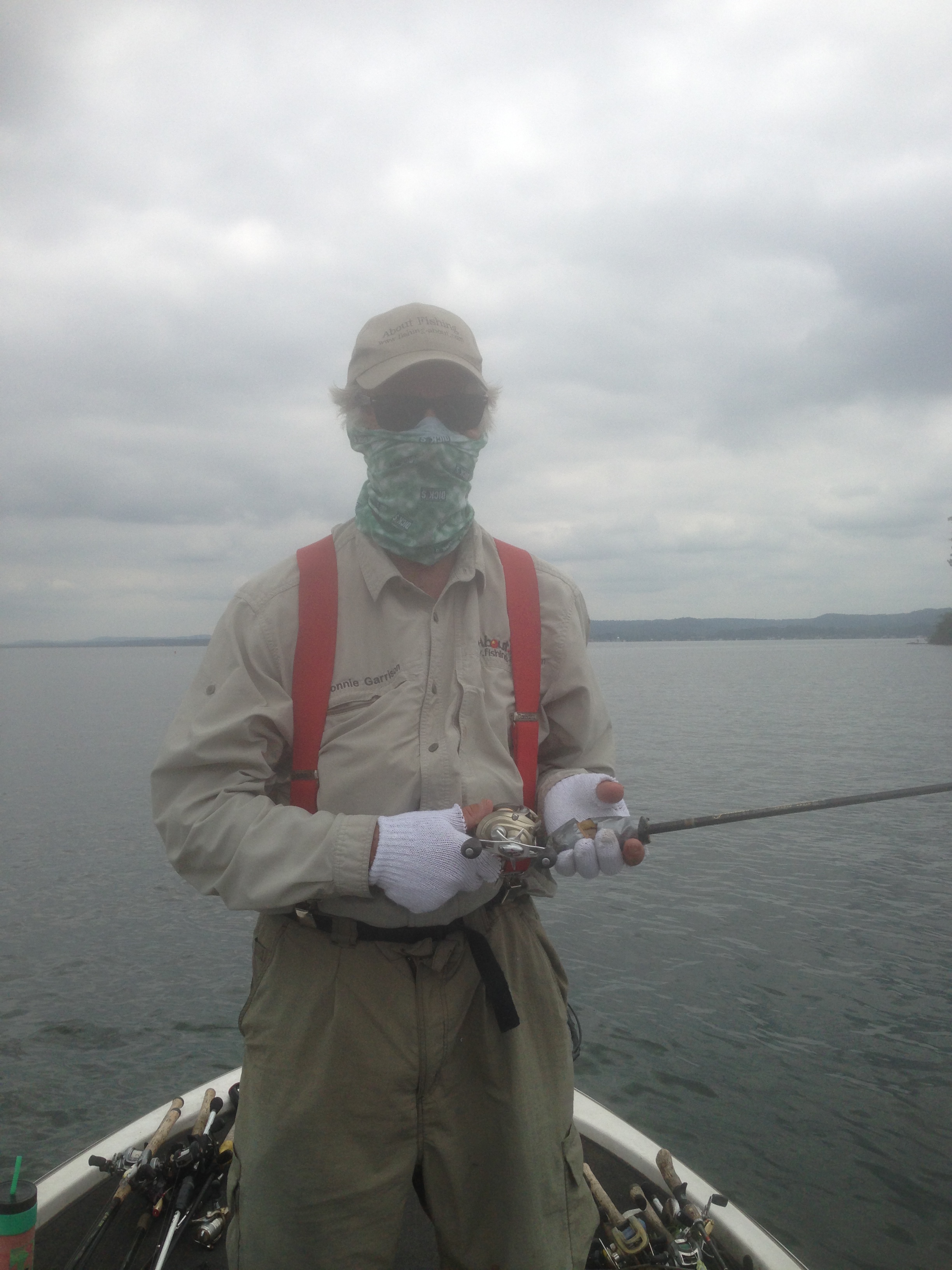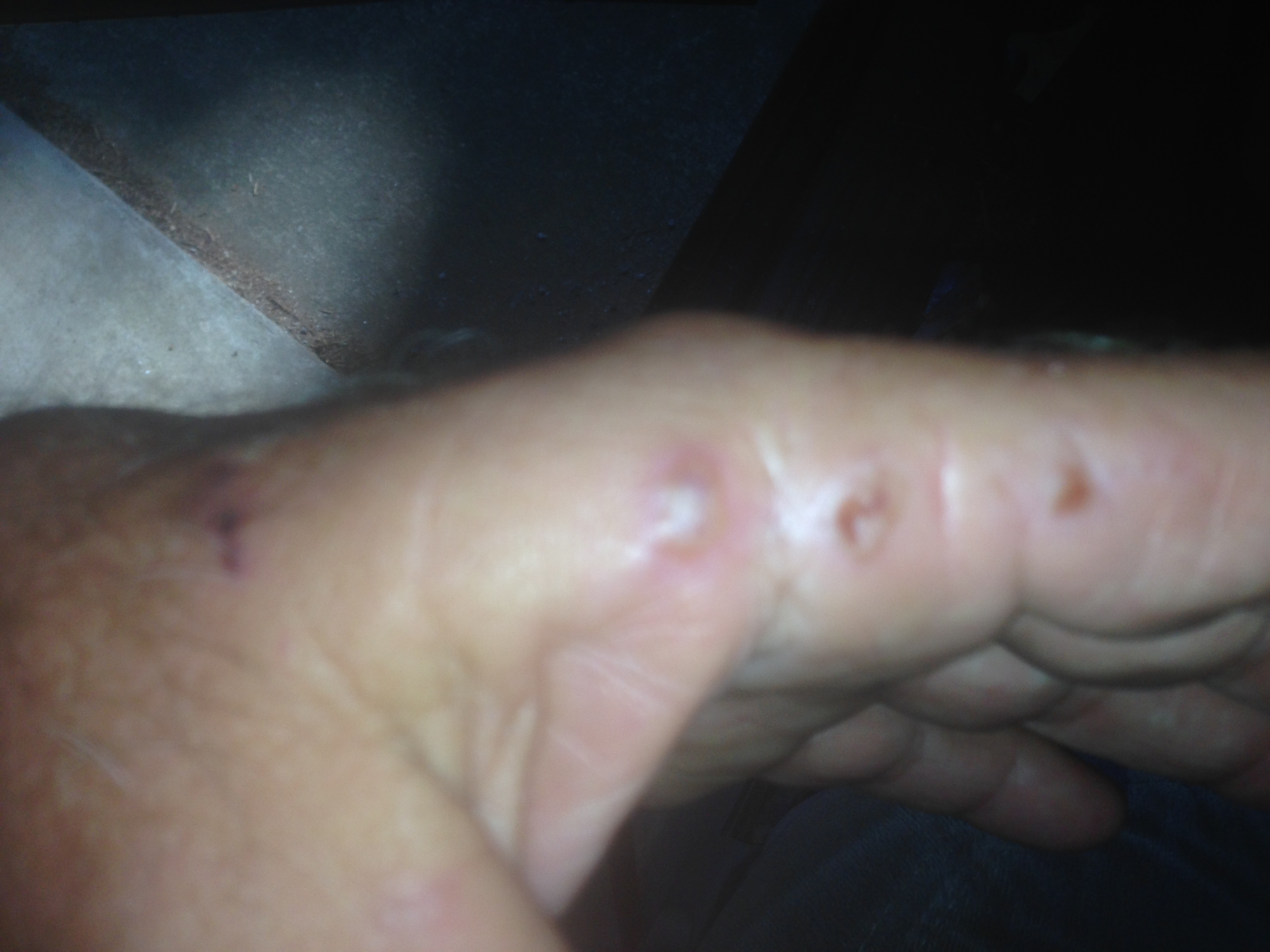Stupid criminal tricks from Texas game wardens field Nnotes
Editor’s Notes: After chucking through a book called Bear in the Back Seat by Kim DeLozier and Carolyn Jourdan telling the real stories of a wildlife ranger, I realized- again- that there are more stories from game wardens, rangers and conservation officers than we ever see. With that in mind, I wanted to share what one sample week from the Texas Game Warden’s Field Notes really looks like. It’s true, you really can’t make this stuff up.
The following items are compiled from recent Texas Parks and Wildlife Department law enforcement reports.
from The Fishing Wire
Paper Shuffling Pays Off
An individual stopped by the Brownwood law enforcement office asking for information on his boat so he could report it as stolen. Office clerks were helping the customer when they realized the boat had been registered the week before in the customer’s name but with a different address. The clerks showed the paperwork to a game warden, who began a search for the stolen vessel. When he found the boat, the suspected thief admitted partial guilt. Other suspects were interviewed, but the vessel was returned to its rightful owner.
Turn Around, Don’t Drown
A Brown County man ignored warning signs, drove his pickup truck across a flooded roadway and was swept away. A deputy saw the pickup floating downstream with the man on top of the cab, until at one point the water became too strong and the man fell in. The deputy observed the man being washed downstream with a blue bag in hand until he was out of sight. Two wardens launched their boat and began a search and rescue, which continued for several days with no luck. Eventually, they found the blue bag, and then recovered the body of the 61-year-old disabled vet from under a pile of logs.
The Disappearing Child
Small children standing up in cars tend to attract attention. A small child did just that when a Williamson County game warden passed by on his way to Austin. The warden waited for the car to pass him so he could get a better look, but by that point, the child had disappeared. When he passed them again, he looked into the back seat and could not see the child or a child seat. He pulled the driver over and found the kid hiding on the back floorboard and the driver without a license. When asked if she had ever been ticketed for her lack of license, the lady replied she had been ticketed a couple of times and even had a warrant for her arrest. The warden instructed her to find licensed drivers who could bring a car seat, and she said her sister would be there in 20 minutes. But almost 45 minutes later, the sister arrived on foot to drive the car back, but without a child’s seat. The warden called for a wrecker who took possession of the vehicle, and the driver was placed under arrest for her warrant and was issued two citations: one for driving without a driver’s license, and one for the child not in a seat.
Two are Better Than One
An overturned yellow kayak caught the attention of two Bexar County game wardens on Calaveras Lake. While navigating the choppy water to examine the kayak, the wardens observed another kayaker waving his arms to get their attention – with good reason. His 80-year-old friend had flipped out of the upturned kayak and had been floating for several minutes, exhausted. The wardens were able to get the elderly man and his friend out of the water and into their vessel. Both were taken to the bank where the San Antonio Fire Department was waiting to provide medical attention. Both of the friends checked out fine after some rest.
A Reason to Sweat
A red passenger van was driving slowly on the shoulder of the road near Dumas. A warden stopped the van and noticed a white crystal substance on the driver’s shirt and a loaded syringe on the floorboard. The driver was confused and profusely sweating. The warden found 2.7 grams of liquid heroin in the syringe on the floorboard alongside .30 grams of methamphetamine. The driver, who had an invalid license, was arrested and taken to the Moore County Jail.
Uniform Doesn’t Match the Badge
In Lubbock County, a man wearing a McDonald’s uniform and claiming to be a police officer, was flashing a security guard badge as he asked for gas receipts for tax write-off purposes. A warden tracked him down, and he insisted, “You know me, I’m one of you, I’m an officer, too.” He said he worked at the Lubbock County Sheriff’s Office, but he had left his badge at the office. In reality, he was a volunteer in the ministry for the Lubbock County Sheriff’s Office and possessed an expired security officer license and badge. An arrest warrant was obtained and he was booked for impersonating a public servant; as well as, a security officer.
More than One Reason
Two men with their watercrafts were stopped by wardens on Lake Georgetown for safety violations and expired licenses. The wardens were escorting them to their truck to retrieve their identifications, but after a brief exchange between the boaters, one of them took off at high speed. A white Ford F-350 was found waiting at the ramp with its trailer in the water. They immediately loaded up their watercraft and drove off. After the warden notified the Williamson County Sheriff’s Office, the vehicle was stopped and the driver was arrested for driving with an invalid license. Both boaters were arrested for evading detention, lack of boater education, expired registration, lack of fire extinguisher, no sound producing devise, and failure to obey a Marine Safety Enforcement Officer – a full package deal.


